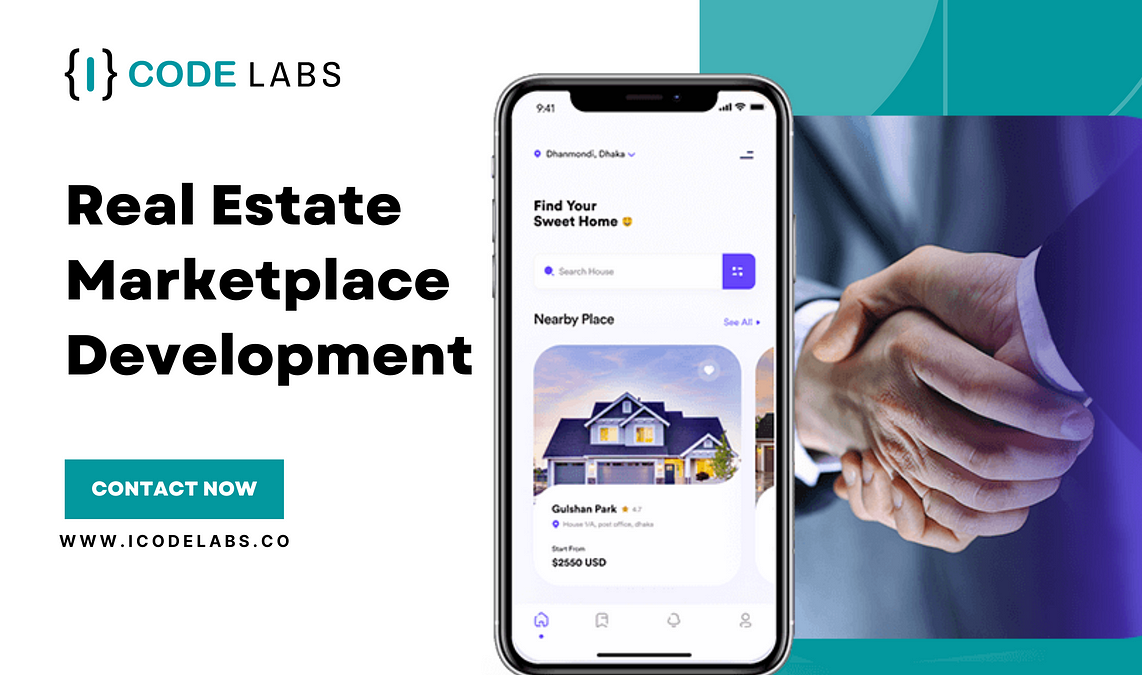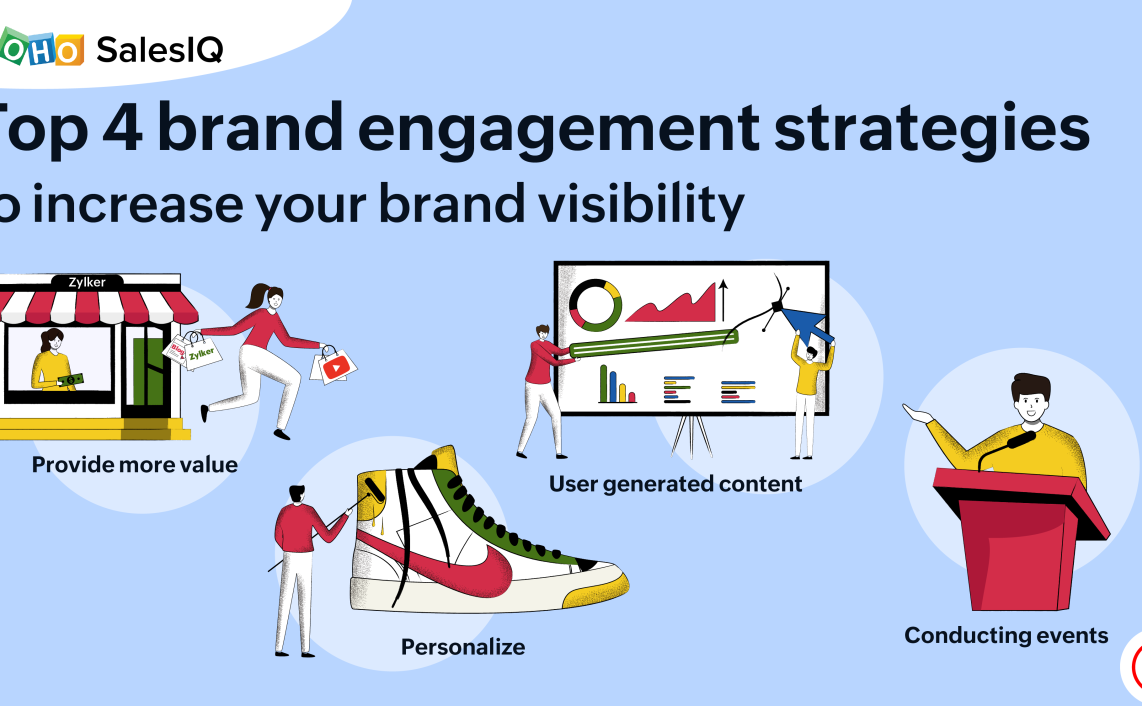How To Boost Google Ads Efficiency For Clothing E-commerce
Executive Summary

In the competitive landscape of online clothing retail, Google Ads can be a powerful tool for driving traffic and sales. However, maximizing the efficiency of your campaigns requires a strategic approach. This article delves into key strategies to optimize your Google Ads for clothing e-commerce, covering crucial aspects like targeting, ad copy, landing page optimization, bidding strategies, and measurement and analysis. By implementing these tactics, you can significantly improve your return on investment (ROI) and achieve your business objectives.

Introduction
The world of clothing e-commerce is fiercely competitive. With countless brands vying for customers’ attention, standing out from the crowd is essential. Google Ads offer a powerful platform for reaching your target audience and driving sales. However, simply throwing money at ads isn’t enough. To maximize your return on investment, you need to optimize your campaigns for effectiveness. This article provides a comprehensive guide to boosting your Google Ads efficiency for clothing e-commerce, helping you achieve better results and reach your business goals.
Frequently Asked Questions
1. What are some common mistakes clothing e-commerce businesses make with Google Ads?
A common mistake is neglecting keyword research and using generic, broad terms instead of specific, long-tail keywords. Another error is failing to target the right audience and neglecting to segment your campaigns based on demographics, interests, and behavior. Additionally, poor landing page optimization can lead to low conversion rates, as users may not find what they are looking for or have a poor user experience.
2. How can I measure the success of my Google Ads campaigns?
You can measure your campaign success by analyzing key performance indicators (KPIs) like click-through rate (CTR), conversion rate, cost per acquisition (CPA), and return on ad spend (ROAS). Track your KPIs over time to identify trends and areas for improvement.
3. What are some tips for writing effective ad copy for clothing e-commerce?
Write compelling ad copy that highlights the unique selling points of your products. Use strong visuals to showcase your clothing. Include calls to action that encourage clicks and conversions. Target specific demographics with your ad copy. A/B test different ad variations to see what performs best.
Targeting
Targeting is the foundation of any successful Google Ads campaign. By reaching the right audience, you can significantly improve your chances of attracting potential customers.
- Demographics: Segment your campaigns based on age, gender, location, and income to reach your ideal customers.
- Interests: Target people who are interested in fashion, clothing, and similar topics.
- Behaviors: Target users based on their past online behavior, such as website visits, purchases, and engagement with clothing-related content.
- Remarketing: Retarget users who have previously visited your website or interacted with your ads, reminding them of your brand and products.
Ad Copy
Your ad copy is the first impression your brand makes on potential customers. Make it count by crafting compelling and engaging messages.
- Use strong headlines: Capture attention with clear, concise headlines that highlight your unique selling propositions.
- Include relevant keywords: Incorporate targeted keywords that resonate with your target audience.
- Emphasize benefits: Focus on the value your products offer, highlighting benefits that solve your customers’ pain points.
- Include calls to action: Prompt users to click on your ads with clear and compelling calls to action, such as “Shop Now” or “Get Free Shipping.”
Landing Page Optimization
Your landing page is the ultimate destination for your Google Ads traffic. It’s where you convert potential customers into actual buyers.
- Match ad copy to landing page content: Ensure consistency between your ad copy and landing page to avoid user confusion.
- Clear value proposition: Clearly state the benefits of your products and how they solve your customers’ needs.
- Strong visuals: Showcase your clothing with high-quality images and videos.
- Streamlined checkout process: Make it easy for users to purchase with a simple and intuitive checkout experience.
Bidding Strategies
Your bidding strategy determines how much you pay for each click or conversion. Choosing the right strategy is crucial for maximizing your ROI.
- Automated bidding: Leverage Google Ads’ automated bidding strategies to optimize your bids for conversions, cost-per-click (CPC), or return on ad spend (ROAS).
- Manual bidding: Take control of your bids by setting specific maximum bids for each keyword or ad group. This approach requires more hands-on management but can be effective for fine-tuning your campaigns.
- Target CPA (Cost-Per-Acquisition): Set a desired cost per acquisition and let Google Ads adjust your bids automatically to achieve that target.
- Enhanced CPC (Cost-Per-Click): Use Google’s machine learning to adjust your bids based on real-time factors, such as user behavior and device type.
Measurement and Analysis
Tracking and analyzing your campaign performance is essential for identifying areas for improvement and optimizing your strategy.
- Key performance indicators (KPIs): Monitor metrics like click-through rate (CTR), conversion rate, cost per acquisition (CPA), and return on ad spend (ROAS).
- Campaign reporting: Utilize Google Ads reporting features to gain insights into your campaign performance, including traffic sources, demographics, and conversion paths.
- A/B testing: Experiment with different ad variations, landing page designs, and bidding strategies to see what works best for your target audience.
- Continuous optimization: Regularly review your data and make adjustments to your campaigns based on your findings.
Conclusion
Boosting Google Ads efficiency for clothing e-commerce requires a strategic approach that combines effective targeting, compelling ad copy, landing page optimization, smart bidding strategies, and ongoing measurement and analysis. By focusing on these key aspects, you can maximize your return on investment and achieve your business objectives. Remember, a data-driven and iterative approach is essential for success. Continuously analyze your results and adapt your strategy to achieve optimal performance.
Keywords
- Google Ads for clothing e-commerce
- Clothing e-commerce marketing
- Google Ads optimization
- Landing page optimization
- Bidding strategies for Google Ads








